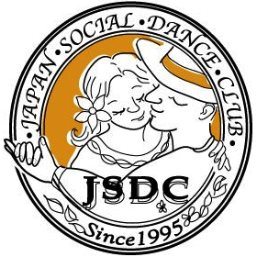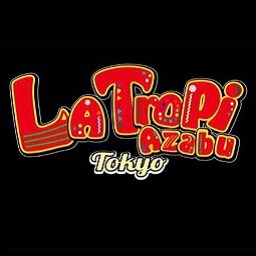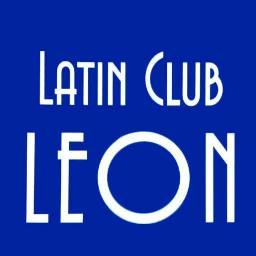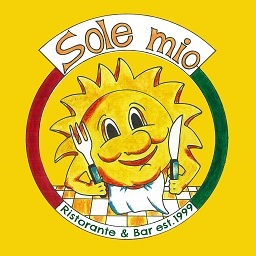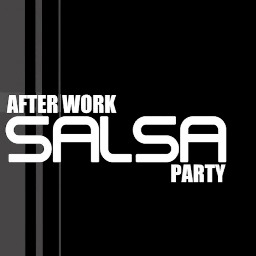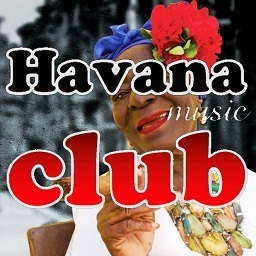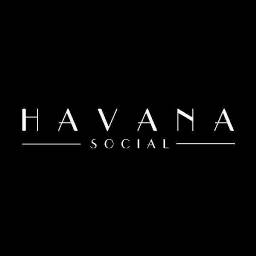| ASIA SEPTEMBER 2024 FESTIVAL by Karina Bernales | ||
|
|
 |
CARAMELO FESTIVALSep 19 / 22 2024 Leonardo Club Eilat |
Search Results for: music
My mother sang tango
One of the Latin genres that is currently on the rise is tango, so it is common to find more and more people linked to it. There are even many who have made tango one of the most important passions of their lives, as in the case of Carlos Álvarez Guevara, with whom we have had the fortune to talk exclusively about this and other interesting topics.
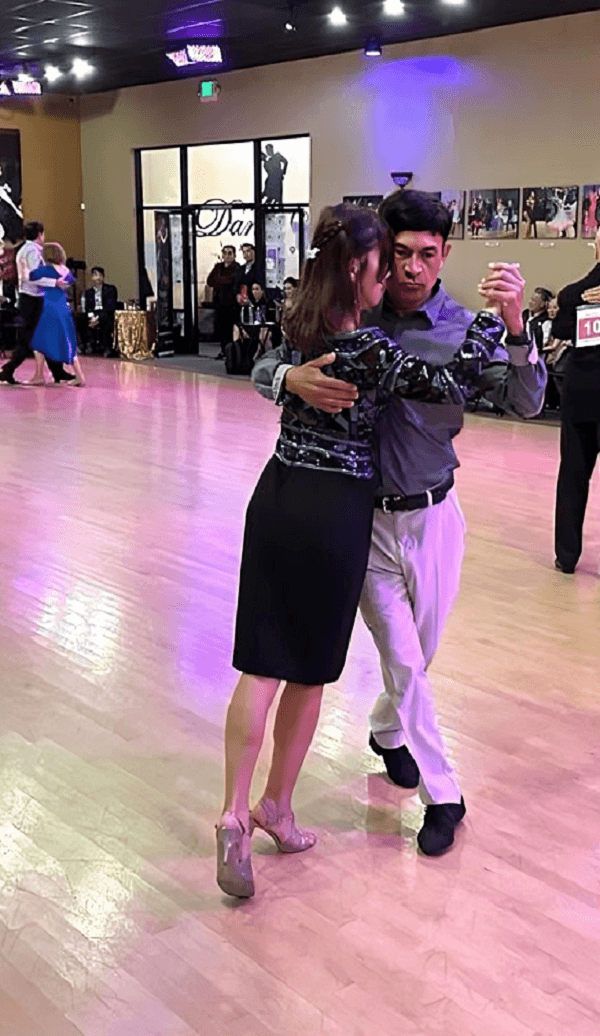
Childhood with a tango singer mother
Carlos’ contact with tango began during his early childhood thanks to his mother, who was a tango singer and dancer.
Carlos describes his early live in El Salvador and points out that, back then, there were no cassettes or CD players with which to listen to music, so people had to make do with what they heard on the radio. His mother went to a well-known radio station to take part in singing competitions.
It is then that the boy would listen to his mother rehearse for the competitions with old tango songs, which made him memorize them perfectly and be able to sing them in full. The rest is history.
How Carlos sees tango today
Today Carlos is a tango and salsa dancer, a genre that has also been important in his musical journey. However, he sings the songs he dances to at amateur level.
For many years, he left aside music to devote himself to become a mechanic, a job from which he recently retired after more than 40 years of hard work. It was when he turned 45 that he fully resumed his love for tango and enrolled in dance classes to remember everything he had learned with his mother.
This is why Carlos says that he is much more professional in dancing than in singing, since he dedicated much more time and effort to the former to become an expert in the field. Dancing, of course, is accompanied by singing, but it has less hierarchy in terms of the artist’s priorities.
He has reached such a level of excellence in these disciplines that some friends of his put him in touch with Eduardo Guilarte, director of International Salsa Magazine, so that he could talk to us and his talents would become better known.

Time dedicated to mechanics and dance
Regarding the time dedicated to his formal work and dancing, Carlos claims he never had any problems, since he knew how to organize very well in this aspect.
He always devotes his time to dance on weekends, days where he frequented, and still frequents, nightclubs with friends with whom he dances and spends very pleasant moments that clear his mind of everyday life.
In addition to that, he also has a karaoke machine at home with which he also sings and practices his repertoire to delight anyone who wants to hear him on any nightclub stage.
What Carlos has learned from tango
Just as Carlos has been dedicated to singing and dancing tango, he has also invested time in learning about its history to give more depth to the knowledge he has about this genre and he wanted to share with us a little of what he has learned.
He told us that one of the things he was most fascinated to learn is that tango has roots from many places and times around the world, although nowadays it is seen as an Argentine genre. Something that many do not know is that it has its origins in the arrival of Africans in the ”New World”, which played a fundamental role in the emergence of tango in Argentina and Uruguay, which were under Spanish rule.
Both countries were transit ports for slave traffic, so the new inhabitants of these places brought with the their music and customs, which were mixed with the local music and customs to give rise to what is known today as tango.
A very interesting detail he told us is that, when European sailors stopped in these countries and went to bars to look for drinks and some company, so the ladys in these places danced tango to seduce and provoke them. At that time, this kind of music was perceived as the lowest level of society to the point that the Catholic Church demanded its parishioners not to dance tango, but it turns out that the genre was pleasing to the people and nothing could be done about it.
In the end, puritans had no choice but to embrace this wonderful dance and, today, people of all social classes, ages and races enjoy it without any complex.

The lyrics and references of tango
Since Carlos has very extensive knowledge of everything about the genre and its lyrics, we wanted to know what he has studied about it.
‘‘Tango can be many things at the same time. It can touch on issues related to the moral conduct of the individuals and, like many Latin genres, it also serves to mock and criticize politicians. It can also be an ode to love, spite and regret for having lost the loved one” Carlos shared with us on the subject.
‘‘This genre can deal with many subjects at the same time, but one of the most recurrent is frustration with failed love and I don’t think that will change in a long time” said Carlos.
Regarding the issue of the greatest artists who have inspired him to dance and sing tango, he mentioned Carlos di Sarli, Carlos Gardel, Oswaldo Pugliese and Enrique Rodríguez.
What Carlos feels at singing and dancing tango
Carlos describes listening to any tango song as ”listening to your own national anthem in a foreign country”. For him, listening to any piece sung by his parents in the past is a source of pride and takes him back to the most beautiful moments of his childhood.
Carlos pointed out that ”when you are driven by loving emotions and some thoughts are trapped, you can express them through singing and dancing, which is what I always do”.
The artist pointed out that he loves this world and it is one of the things that fills him the most in life, so he is grateful to be able to talk about it in International Salsa Magazine and express what it makes him feel to the world.
Read also: Bolivian guitarist Gabriel Navia and his love for music
The Bolivian charango with Spanish roots
There are many instruments that have greatly contributed to make Latin music and its great exponents known worldwide, but unfortunately they are not very popular and the general public is unable to identify them. Such is the case of the charango, which we will talk about in this opportunity.
The charango can be defined as a stringed instrument that is part of the lute family and has its origin in the South American Andean region. It is believed that it began to gain popularity during the Viceroyalty of Peru. It has approximately five pairs of strings, but there are some models that have a greater or lesser number of strings.
Here is more information and interesting facts about the charango and its history.

How the charango is created in the first place
Although it was not possible to determine exactly when the charango began to be played, it was found that it existed from the 17th century and was inspired by the Canarian timple (a stringed instrument from the Canary Islands that has five strings).
The Canarian timple was always very present in the so-called ”Spanish charangas”, which were a type of parades or comparsas that took place in the street. This is the origin of the name ”charango” with which it would be called from now on.
How the charango began to become popular
Previously, it was an instrument used exclusively by the more rural classes of the time and was closely related to the indigenous population. However, since the 1950s, this situation began to change and the charango started to be heard in more urban areas, which led residents of such places to participate in concerts and folkloric activities for all audiences.
the one responsible for this was Bolivian-born musician and luthier Mauro Núñez, who in 1944 began to use the charango to disseminate folk music and peduce new charango models in order to popularize it even more. This led many other musicians to find their own musical styles with the instrument, which brought the charango to concert halls and theaters all over Bolivia.
A few years later, the charango arrived in Ecuador, but in the 1960s, it reached Argentina and some European countries. During those same years, several artists from Bolivia, Peru and Argentina began to tour the world and, as a result, ended up taking the charango to the rest of Europe, the United States and Japan.
In 1973, Bolivian charanguista and composer William Ernesto Centellas took the initiative to create la Sociedad Boliviana de Charango with the support of charanguista Abdón Caméo and singer-songwriter Ernesto Cavour Aramayo. This society organizes the Congreso Nacional de Charango and the Encuentro Internacional de Charanguistas every two years.
Nowadays, everyone accepts the idea that the home city of the charango is the city of Potosí and, due to the way its later diffusion went, the town of Aiquile was very important for the instrument to the point that today it is known as the ”Capital of the Charango”.

How is the charango and how is it played?
The charango is shaped like the guitar, although it tends to be slightly smaller. Likewise, its sound box has a smaller size and the neck is much shorter. Among the most common sizes, we can mention 50cm, 60cm and 75cm. Generally, it has five pairs of strings, but there are some Peruvian models that may have four strings, two at eaither end and a double string in the middle.
The way in which the charango is tuned varies depending on the area and the musician’s preferences, but the most common tuning is natural temple. Just like the guitar, the charango also has the third-order strings octaved between them.
As for the way the charango should be played, the techniques most used by the charanguistas are the rasgueos, the repiques and the tremolo. In talking about the most popular rhythms, we cannot fail to mention the Huayno, the Carnaval, the Cuenca, among others.
Playing the charango can be quite a challenge for beginning musicians, but with enough effort and dedication, incredible results can be achieved even for the most inexperienced.
Read also: Yes, I speak the ancient African Lucumi toungue: The second language of salsa
Salsa Warriors Radio. Playing the best Salsa on the Planet!!!
North America / USA / New York
Salsa Warriors Radio began its program in June 2014 as an ambitious and supportive project to enhance the most famous and danceable tropical genre in the world for more than three decades, Salsa Music. Among 15 disc jockeys friends, during a celebration, came the idea of this online station with live DJs that would play Salsa 24 hours a day, 365 days a year; just Salsa from yesterday, today and always.

So it was! This digital station currently has 14 DJs from two continents (America & Europe) and they perform their daily work with the most variable Salsa music, which differentiates it from the main FM commercial radio stations in New York and the rest of the planet.
The name “Salsa Warriors Radio” was chosen with great success by these 15 friends to identify those people willing to fight for the Salsa genre. Likewise, this corporation has three owners:
“DJ Boricua” Renan Morales, Andrés Padua and Harry Trinidad, elected by the 15 founding DJs and of which 9 continue with their radio programs on the digital station.

To be a Salsa Warriors’ DJ you must have experience, mastery with computers and a lot of Salsa music.
After overcoming the estimated listeners of 700 people per month in its beginnings to 194,000 listeners worldwide each month in their different shows after four years, Salsa Warriors Radio also bets on national Salseros events after 2 months of its official opening as a radio station alternative.

Since September 2014, Salsa Warriors have been sponsors of 25 Salsa musical events on the East Coast of the United States, such as: Empire City Casino in Yonkers, NY and two annual Salsa concerts in the summer at Flushing Meadow Park, Queens also in New York with massive attendance of professional dancers, amateurs and lovers of salsa in general.

In addition, they have had the support of great and renowned world-renowned artists who have attended these events, such as: Yolanda Rivera, Ismael Rivera Jr., Pedro Brull, Gilberto Colon Jr., Eddie Montalvo and Adalberto Santiago, among many others.
This station, broadcaster of the salsa culture, can also listen to it through the Roku system, accepting its channel “Salsa Warriors”. And if you are away from your PC you can listen to this digital alternative radio through the application for Smartphone with the same name.

Salsa Warriors Radio is committed to supporting both the Salsa masters with great experience and the new generation, the latter being the key to continue with the progress of this musical genre, said Renán Morales. Furthermore, Salsa Warriors radio maintains its plans to continue holding mass events, to maintain the digital station and bring orchestras from Puerto Rico or from other parts of the world to New York soon.
DJs Staff:
| ★ Andrés Padua | ★ Harry Trinidad | ★ Mario Chiclana |
| ★ Esther Díaz & Jules Asencio | ★ Carmen Cepeda | ★ Roy López |
| ★ Howard Turner & Evelyn Moro | ★ Jaime Soler | ★ Tito Massas |
| ★ Jules Asencio | ★ Monica Dobroiu | ★ Fabian Rivera |
| ★ Renan Morales “Dj Rey Boricua” | ||
Renán Morales was born in New York of Puerto Rican parents. He is the founder and Salsa Warriors Radio’s owner. His Radio Show “Salsa Es Lo Que Hay” airs on Wednesdays at 7:00 pm and Thursdays at 8:00 pm. His specialty is Salsa Dura and he has already broadcast 325 live shows. As “DJ Boricua” has performed at: White Plains – NY, Nyack – NY and in Connecticut.

“Para mí la Salsa es una música pegajosa que te habla del amor, sufrimientos, triunfos y cultura. Es un género que significa pueblo, orgullo y mucho sabor. La misión de Salsa Warriors es promover nuestra Salsa del pasado, presente y futuro para mantener el género en alto, al igual que la cultura de todos nosotros”. Renán Morales
For more information, visit www.salsawarriors.com or follow them on Facebook www.facebook.com/salsawarriors

To be promoted, write me to: [email protected]
Willie González supports the Spanish Harlem Salsa Museum
The Salsa Museum always seeks to give exposure to the best of our Latin music and on that occasion, we want to talk about one of the most popular representatives of romantic salsa in recent years. We are talking about the amazingly talented Willie Gonzalez, who has recently been on the Johnny Cruz Show, so we think it is pertinent to do a review of his career and the most important details of his brilliant artistic background.

Willie’s beginnings in music
Willie’s formal beginnings in music were when he was just a 15-year-old boy with the dream of becoming an acclaimed artist in the future. It was the Orquesta de Chamaco Rivera that gave him his first opportunity in the musical environment by playing the trombone, but this would not be the artistic area in which he would develop later on. What ended up catching his attention were singing and songwriting.
During the 1980s, he was part of some important groups such as Orquesta Saraguey and Conjunto Chaney, in which Willie and Eddie Santiago were the main voices and began to gain great notoriety among the public.
In 1988, he decided it was time for him to become a soloist in the company of the Orquesta Noche Sensual and the support of the Sanatone record label. Romantic salsa was in style at the time, so Willie followed that same line and named his first album ”Willie González, Original y Único”. Thanks to this material, the artist managed to sell more than 100,000 copies, receive Platinum and won other recognitions.
In the coming years, he continued to release albums that was reaching greater success such as ”Willie González, Sin Comparación”, ”Para Ustedes, El Público” and ”Justo A Tiempo”. All of these have left great hits that are still considered romantic salsa classics to this day.
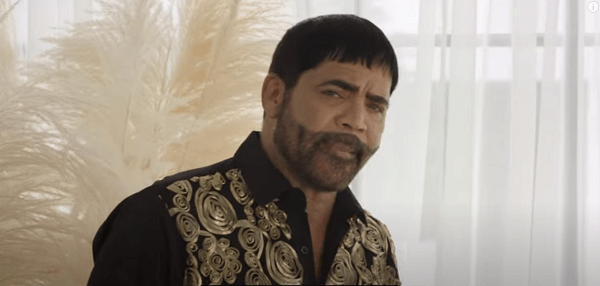
1990s and 2000s
In 1994, the company Musical Productions published two compilation albums with Willie’s greatest hits which he called ”Éxitos de Willie González, Volumen 1” and ”Éxitos de Willie González, Volumen II”. The following year the singer demonstrated his talent as a composer with his album ”Willie González, Hacia Un Nuevo Camino” with songs like ”Quiero Recuperarte” or ”Dame Una Oportunidad”.
Once the year 2000 arrived, he continued adding successes to his career with his next album ”Sensualmente A Mi Estilo” from the hand of a Venezuelan company called Trama Records and includes great songs like ”Sensualmente Loco”, ”Tatuaje Eterno”, ”Amor Audaz”, among others.
About six years later, he released ”Reencuentro”. This musical work receives this name from a reunion between Willie and Eddie Santiago, who was his partner in the group Chaney many years ago. Together they recorded the songs ”Por Esta Mujer” and ”Solamente Ella”.
Years later, Willie recorded live from Colombia, testing his skills as a producer along with talented Diego Galé. He also wrote some of the songs ”Juré” and ”Estoy Contigo”.
In 2017, he continued to work in Colombia and released ”Willie González en vivo desde Manizales”. Such musical work contains songs like ”Pequeñas Cosas”, ”Quiero Morir En Tu Piel” and ”Si Tú Fueras mía”.
In 2020, Willie released his album ”Esencia” and continued with the line of sensuality and romance with which he has become known over the past few years. In the case of ”Esencia”, he counted on the collaboration of talented composers such as Jorge Luis Piloto, Kiko Campos, Jandy Feliz, among others.

Support to the Salsa Museum
The Spanish Harlem Salsa Museum has been fortunate to be supported by Willie, who was kindly committed to donate some of his most precious objects to the institution so that salsa fans can appreciate them.
In a video uploaded to the social networks of Johnny Cruz, president of the institution, they both talk about the role the museum has played in salsa and Willie said he was happy and proud to be able to support a place where there is a lot of history and items from such great Latin artists.
Read also: Ralph Rivera’s rol in the promotion of Latin Culture







